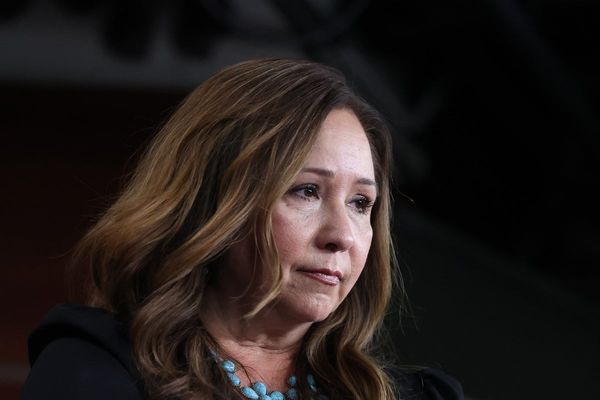
The Senate has successfully passed a stopgap funding bill aimed at preventing a partial government shutdown, which was scheduled to go into effect on the following evening. The need for a stopgap measure arose due to a previous continuing resolution passed by Congress. The Senate vote concluded with a resounding majority of 77 in favor and 18 opposing the bill. This development now initiates a funding extension that will have two deadlines, one on March 1st and the other on March 8th.
The House of Representatives is expected to address the continuing resolution later today. This decision was made in an effort to evade inclement weather conditions predicted to impact Washington, D.C. tomorrow. Furthermore, House lawmakers are scheduled to be on recess next week, making it all the more imperative to complete the vote without any delays. However, initial indications suggest that House Republicans harbor reservations about the deal. Consequently, the future of the bill remains somewhat uncertain and will require further deliberation and negotiation.
The proposed stopgap funding bill is aimed at maintaining government operations and avoiding a partial government shutdown. Such an outcome would have far-reaching consequences, impacting numerous federal agencies and services. It is crucial to extend funding in order to ensure continuity and efficient functioning of the government until a more permanent solution can be reached.
Government shutdowns occur when Congress fails to pass appropriations bills or continuing resolutions to provide funding for government agencies and programs. These can have severe consequences, including furloughing federal employees, closing government offices, and disrupting essential services. To prevent these disruptions, stopgap funding measures are utilized to provide temporary funding while negotiations for a comprehensive budget agreement take place.
This particular stopgap funding bill serves as a temporary solution, granting lawmakers additional time to work towards a more long-term funding agreement. The deadlines of March 1st and March 8th will undoubtedly foster a sense of urgency among legislators as they strive to develop a consensus. The success of this bill in the Senate signifies an important step in the process, but the outcome in the House remains uncertain.
As lawmakers in the House reconvene to address the continuing resolution, they will undoubtedly face challenging deliberations. The level of support for the proposed bill among House Republicans will significantly impact its potential to move forward. Consequently, the path ahead for the stopgap funding bill remains uncertain, and further negotiations and compromise may be necessary to ensure government operations continue smoothly.
In conclusion, the Senate has passed a stopgap funding bill in an effort to avert a partial government shutdown. The House of Representatives will now consider the bill, facing potential challenges within the Republican party. The bill offers a temporary solution, extending funding deadlines to March 1st and March 8th, allowing lawmakers additional time to negotiate a comprehensive budget agreement. The ultimate goal is to secure the necessary funding and avoid disruptions to crucial government functions.







